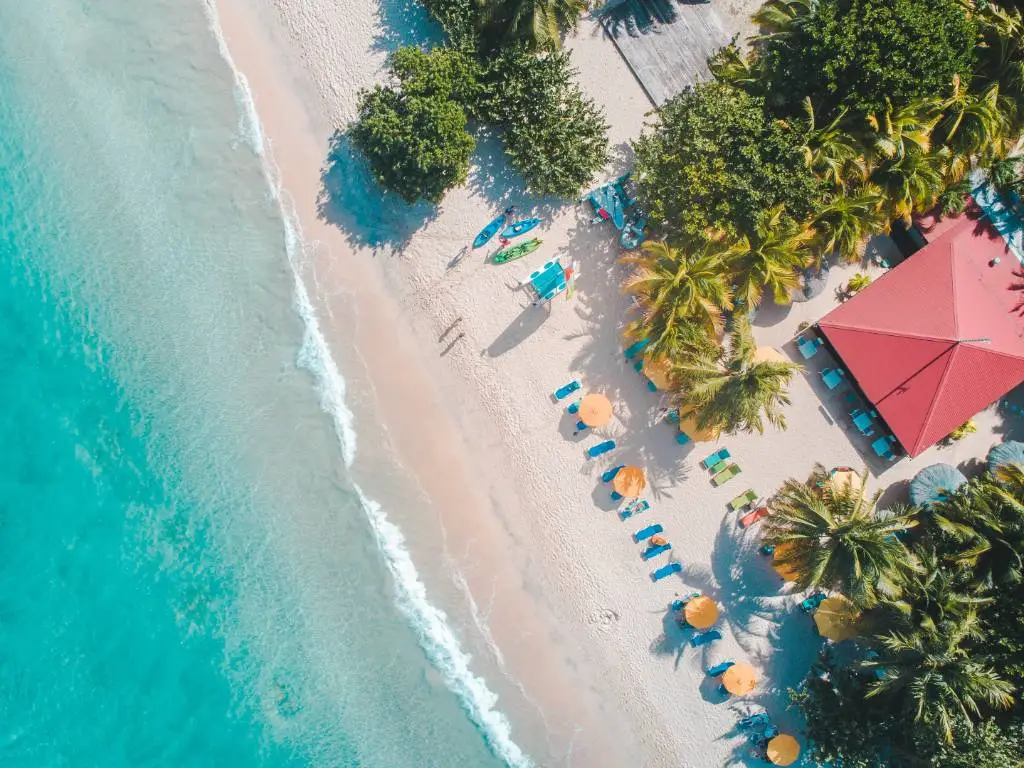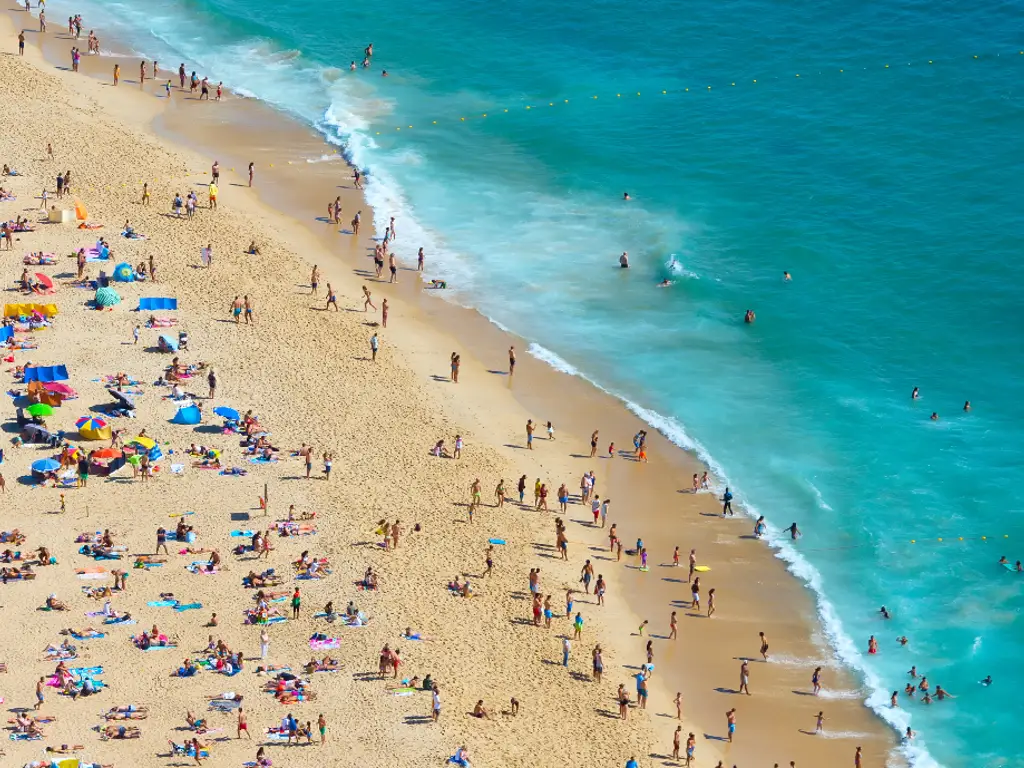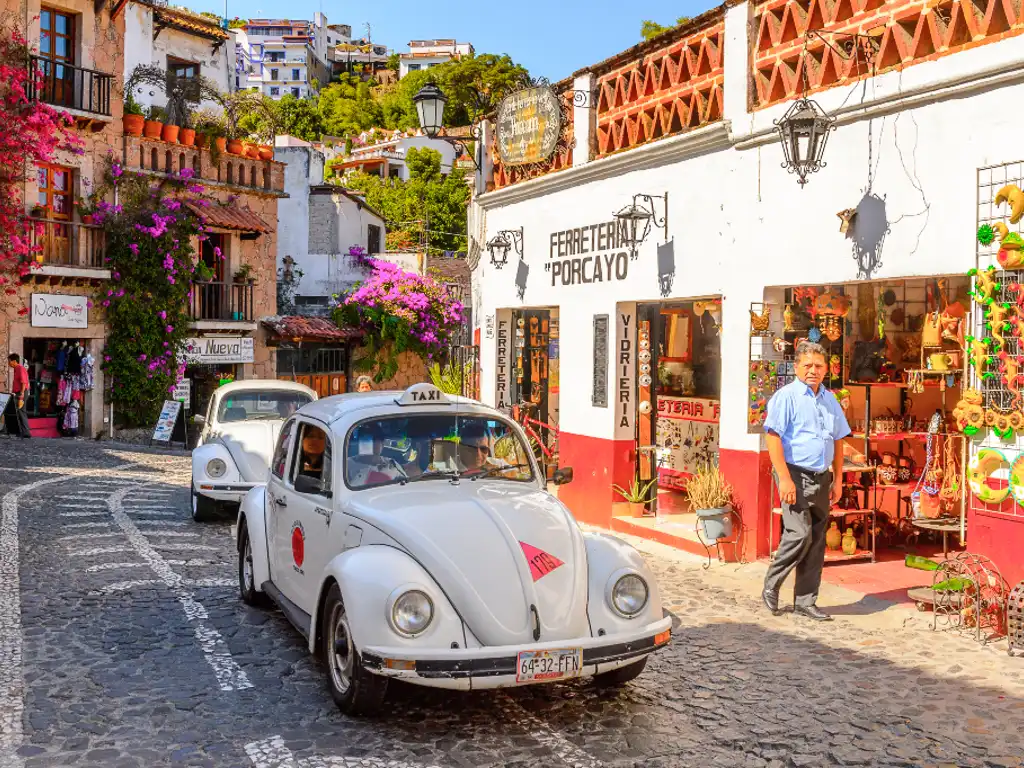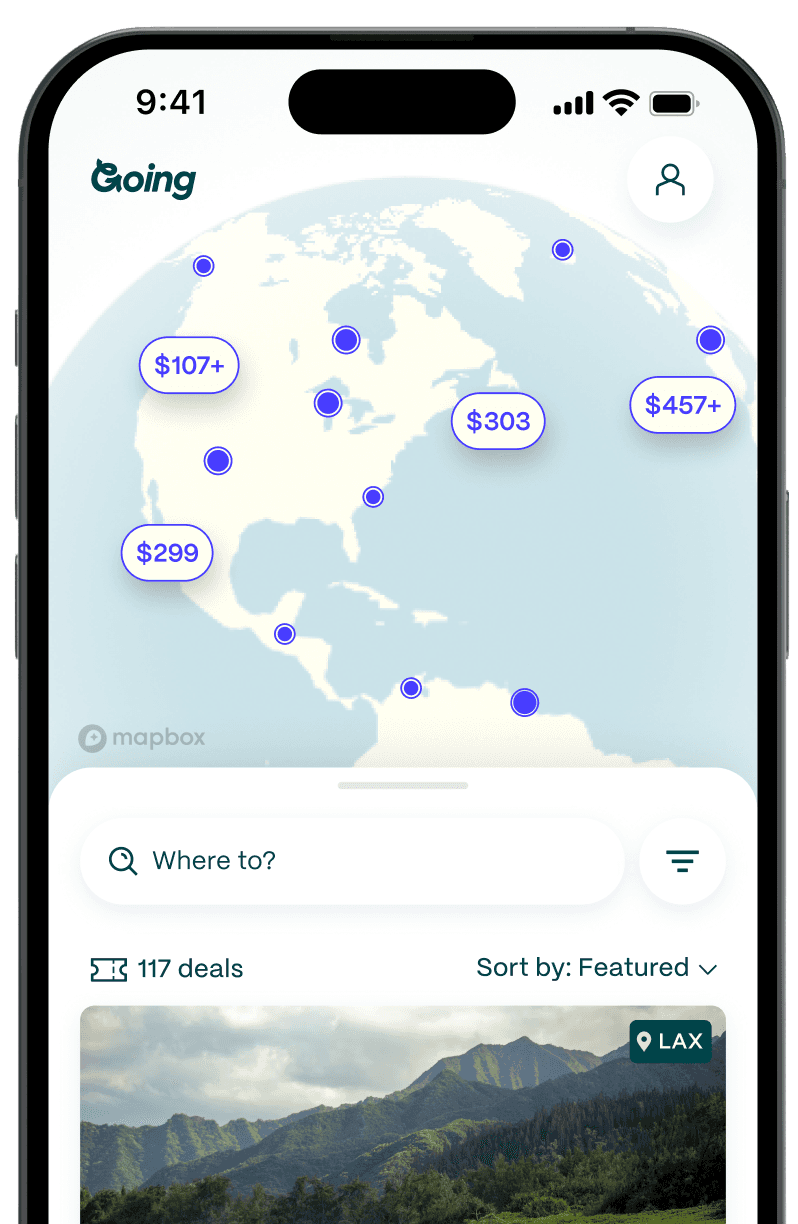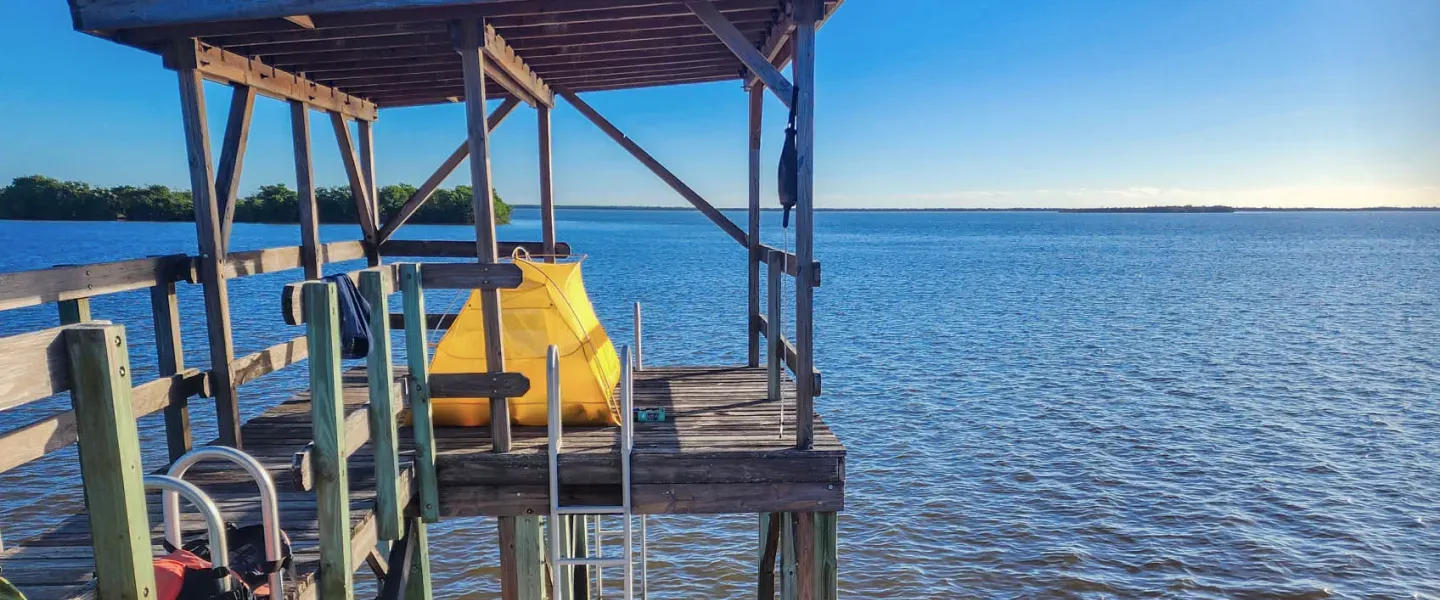
Wild Camping Above the Water in Everglades National Park
Paddling in Everglades National Park, in the sparkling water of Florida Bay in a tandem kayak with my husband, the cool evening breeze toyed with the brim of my sun hat, and the setting sun washed everything in a molten metal glow. It felt like floating through a fairy tale. In the middle distance, dolphin fins arced above the surface of the saltwater, jellyfish danced beneath the surf, and sea birds dove for their dinner.

Everglades National Park is the third-largest national park in the continental US and one of the world’s largest wetlands, home to hundreds of species of wildlife in nine unique ecosystems. So while I assumed I’d spot creatures like dolphins, jellyfish, and birds (and perhaps even one or two of the park’s dozens of endangered species like the manatee or American crocodile), even I was surprised by the reef sharks circling curiously in the shallows, close enough to my kayak to reach out and touch.
At the first sight of triangle-shaped dorsal fins, my body tensed. But only until I floated closer and realized the graceful carnivores lazily shifting below were tiny lemon sharks, likely juveniles, barely five feet long and prone to flee at the first ripple of paddles in the water. Then, trepidation was hastily replaced with childlike glee.
For hours, sightings of pelicans, fish, and bottlenose dolphins among the velvet ripples of the bay played on repeat, the only sign of civilization the occasional power boat skimming by in the distance. Finally, after nearly five hours of paddling, our evening’s accommodation materialized on the horizon: the Shark Point chickee, a stilted wooden structure hovering some 15 feet above the water where we’d pitch our tent for the night.

The term “chickee” comes from the Florida Seminole and Miccosukee word for “house,” and refers to a structure with open walls, a thatched roof, and often raised platform floor that some Florida tribes built and used as semi-permanent dwellings in the 1800s. It’s a moniker the park, in partnership with local Native communities, plans to abandon in favor of the term “camping platform” as the structures aren’t technically true chickees, explained Allyson Gantt, spokesperson at Everglades and Dry Tortugas National Parks.
This unique structure—one of 17 in the park—is the real reason I found myself in the open bay, which is just a small portion of the designated wilderness that makes up 97% of the park, the largest subtropical wilderness in the US. I wanted a night spent outdoors, surrounded by water and the sort of seclusion you can only find when you’re willing to abandon the creature comforts of civilization and escape to the wild.
Upon arriving, I surveyed our domain: a dock beneath twin-railed platforms connected by a narrow walkway with a porta potty in the middle. We tied up our kayak and passed up gear packed carefully in a half dozen dry bags. Then we pitched our tent aloft, losing—surprisingly—just one bag of stakes through the wide floor slats before committing to keeping all valuables less than two inches wide inside the tent. Then I sat back, basked in the autumn sunshine, and marveled at the vast expanse of water before me, the strip of land anchored somewhere in the distance behind me, and the soothing sound of water tapping at the base of the platform.
As the sun soaked the world in the warm tones of sunset, we dangled our legs over the edge of the platform, watched as the stars slowly took center stage, and slept without a tent fly to better admire the reflection of the moonlight on the bay. And while we spotted no fins in the surf, the quiet slap of the waves and distant flap of wings was our lullaby. Alone on the platform with only miles of water in every direction, there was a feeling of wondrous solitude and the joy of knowing we arrived by our own strength and skill.

In the morning, I smiled, knowing the wind would be at our backs and that it wouldn’t be long before I returned to this little piece of paradise that’s unlike any in the world—perhaps for a week of exploration in the park’s twisting 99-Mile Wilderness Waterway next time. We loaded our kayak, pointed it toward shore, and intentionally navigated through the shallows to enjoy the company of the schools of reef sharks hunting for their breakfast.
Getting there
- Getting there: The nearest airport is Miami International Airport (MIA), which is about an hour and a half from the Flamingo entrance of the park. You’ll want to rent a car to drive to the park.
- Average flight price for Going's cheap flights to Miami: $145 roundtrip
How to do it
- Best time to go: Winter (November–March) is the most pleasant time to visit, as temperatures are lower, it’s less humid, and there are fewer mosquitoes. This is also when the most park amenities are available.
- Cost: The park entrance fee is $35 per vehicle if you don’t have an annual America The Beautiful parks pass. Kayak rentals from Flamingo Adventures cost $130-160 for two days. You’ll need to make reservations for wilderness camping (including on chickees) at recreation.gov. There’s a $21 administrative fee for the wilderness permit plus an additional $2 per person per night use fee.
- Safety considerations: You should only attempt this adventure if you are a confident swimmer, strong paddler, and comfortable paddling among wildlife for several days. Always wear a life jacket and bring a map.
- Tips: In addition to paddling on open water in the Florida Bay, you can spend several days paddling up and down the Ten Thousand Islands, a maze of waterways surrounded by mangroves. Both chickees and land-based platforms are available for camping. You will need to bring all your own camping gear.
More epic adventures around the world
Last updated April 22, 2024


